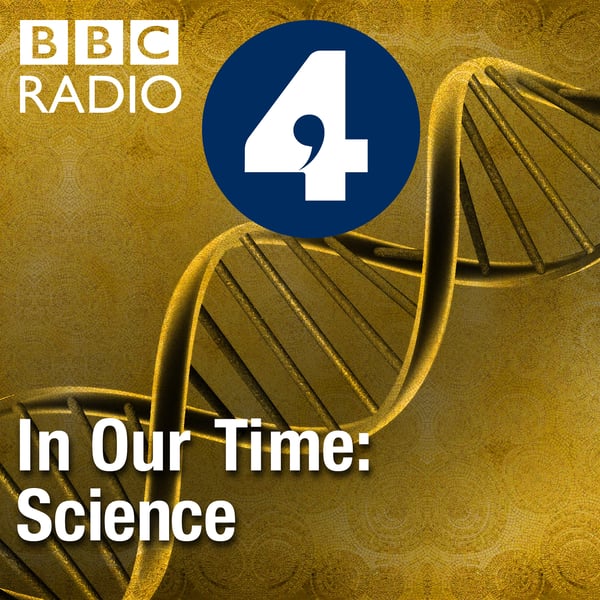The Physics of Reality
In Our Time: Science
BBC
4.5 • 1.4K Ratings
🗓️ 2 May 2002
⏱️ 28 minutes
🧾️ Download transcript
Summary
Transcript
Click on a timestamp to play from that location
| 0:00.0 | Thanks for downloading the In Our Time podcast. For more details about In Our Time and for our terms of use, please go to BBC.co.uk. |
| 0:10.0 | I hope you enjoy the program. |
| 0:11.0 | Hello, when Quantum Mechanics was developed in the early 20th century, reality changed forever. |
| 0:16.8 | In the quantum world, particles could be in two places at once. |
| 0:20.7 | They apparently disappeared for no reason, and reappeared in unpredictable locations. |
| 0:25.0 | They even acted differently according to whether we were watching them. |
| 0:28.0 | It was so shocking that Erwin Schretinger, one of the founders of Quantum Theory, said, |
| 0:33.0 | I don't like it, and I'm sorry, I ever had anything to do with it. |
| 0:37.0 | He even developed an experiment with a catch to show how absurd it was. |
| 0:41.0 | Quantum Theory was absurd. |
| 0:42.0 | It disagreed with the classical physics of Newton and |
| 0:44.5 | Einstein and it clashed with our experience of the everyday world. Footballs do not |
| 0:49.1 | disappear without reason. Cats do not split into two and shoes don't act differently when we're not |
| 0:53.5 | looking at them. Or do they? Eight years later we're still debating whether the |
| 0:58.0 | absurd might actually be true. But why are features of the quantum physics not seen in our experience of everyday reality? |
| 1:05.0 | Can the classical and quantum worlds be reconciled? |
| 1:08.0 | And why should reality make sense to us? |
| 1:10.0 | With me to unravel this are Roger Penrose, Emeritus Raus Ball Professor of Mathematics at |
| 1:15.1 | Oxford, Fay Dowker, Lecture in Theoretical Physics at Queen Mary University of London, |
| 1:20.4 | and Tony Sudbury, Professor of Mathematics at the University of York. |
| 1:24.0 | Roger Penner's, can you briefly explain the difference between quantum physics and classical physics? |
| 1:29.0 | Well, I think one has to, whatever one thinks really going on in the world one has to think of the |
... |
Transcript will be available on the free plan in -8369 days. Upgrade to see the full transcript now.
Disclaimer: The podcast and artwork embedded on this page are from BBC, and are the property of its owner and not affiliated with or endorsed by Tapesearch.
Generated transcripts are the property of BBC and are distributed freely under the Fair Use doctrine. Transcripts generated by Tapesearch are not guaranteed to be accurate.
Copyright © Tapesearch 2025.

